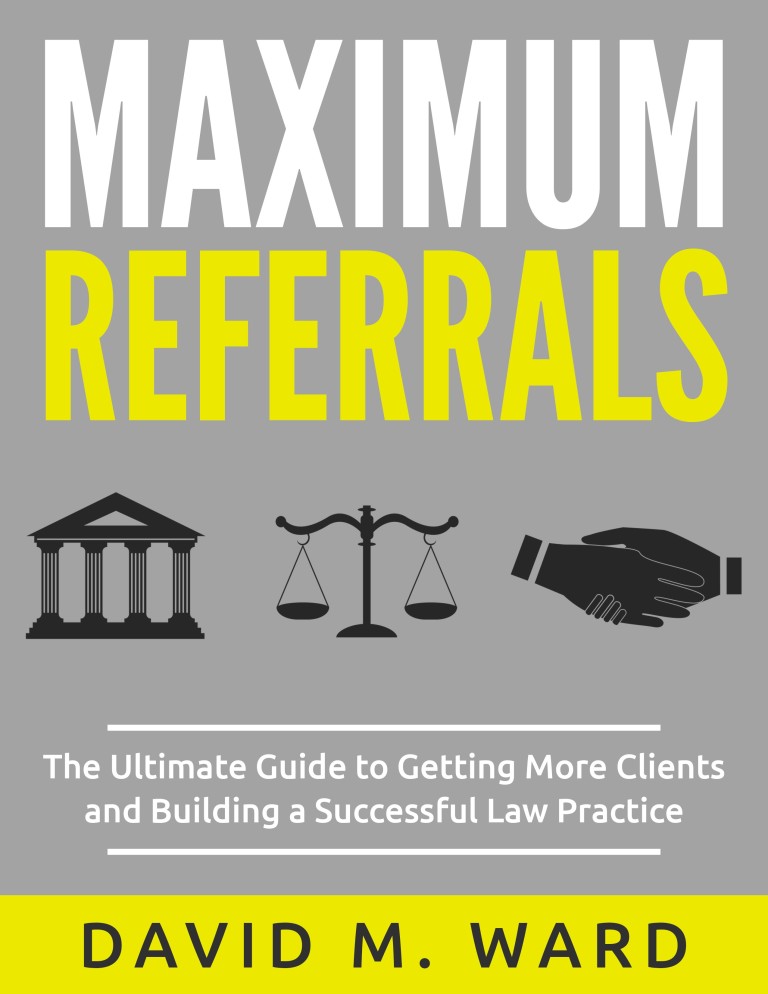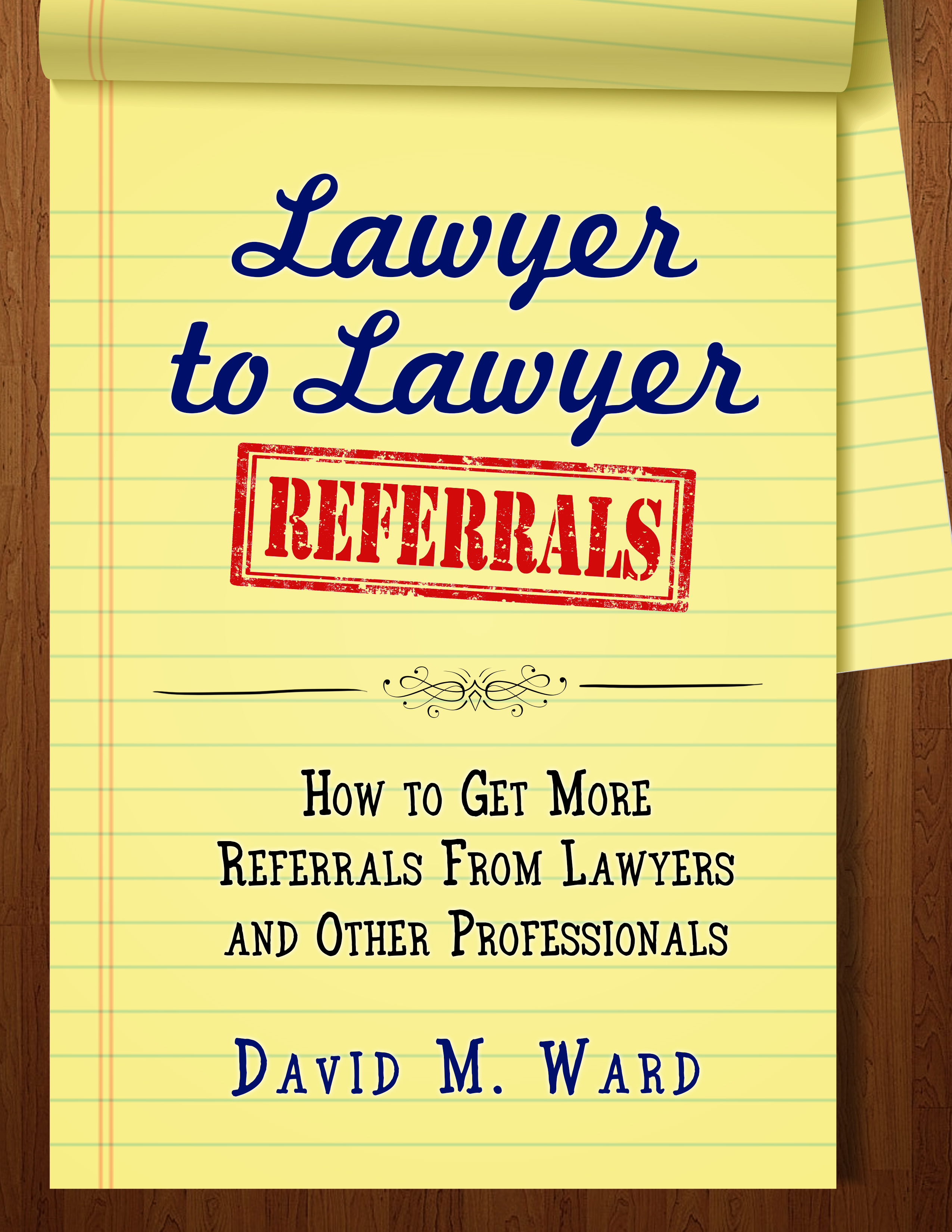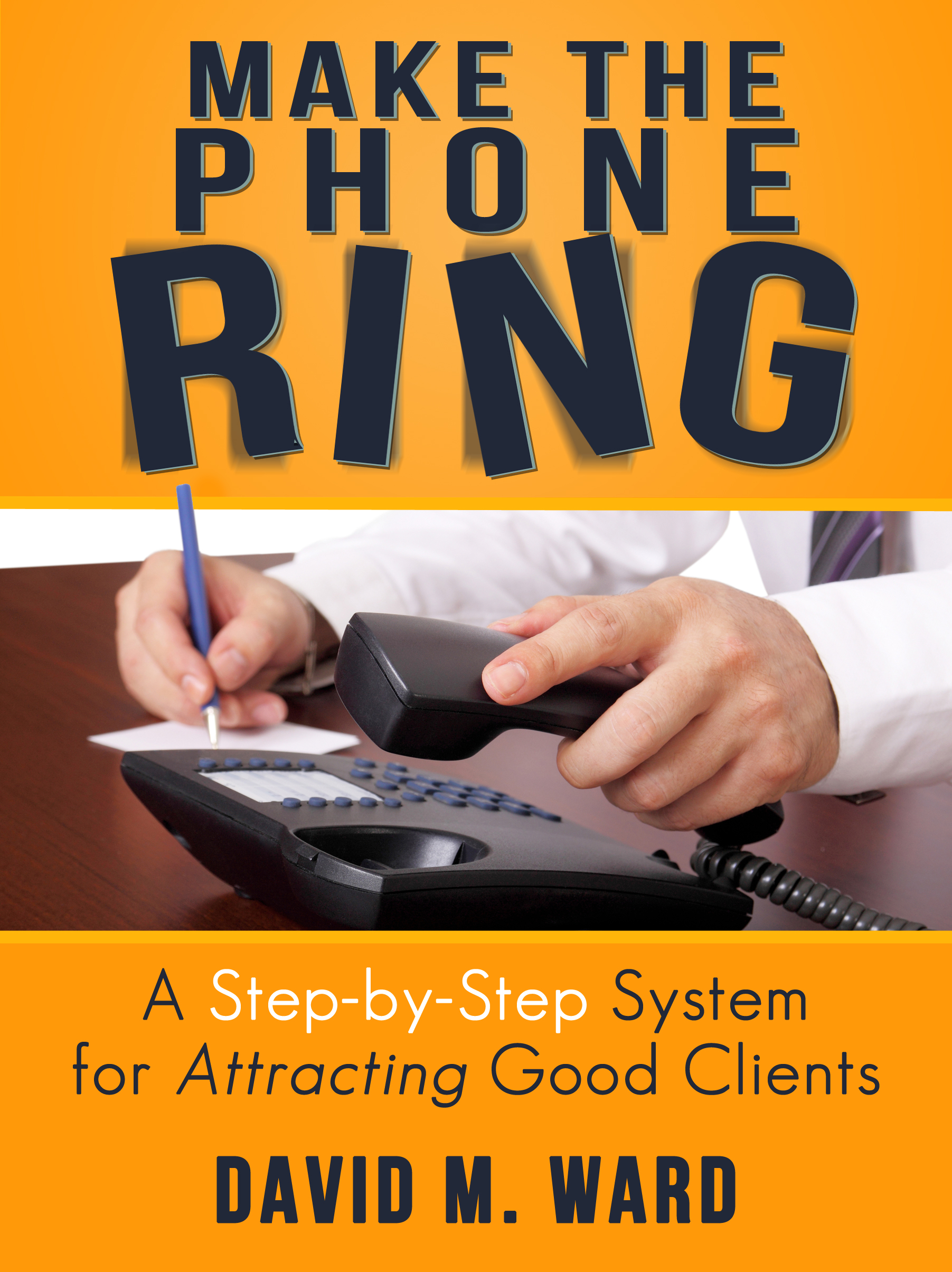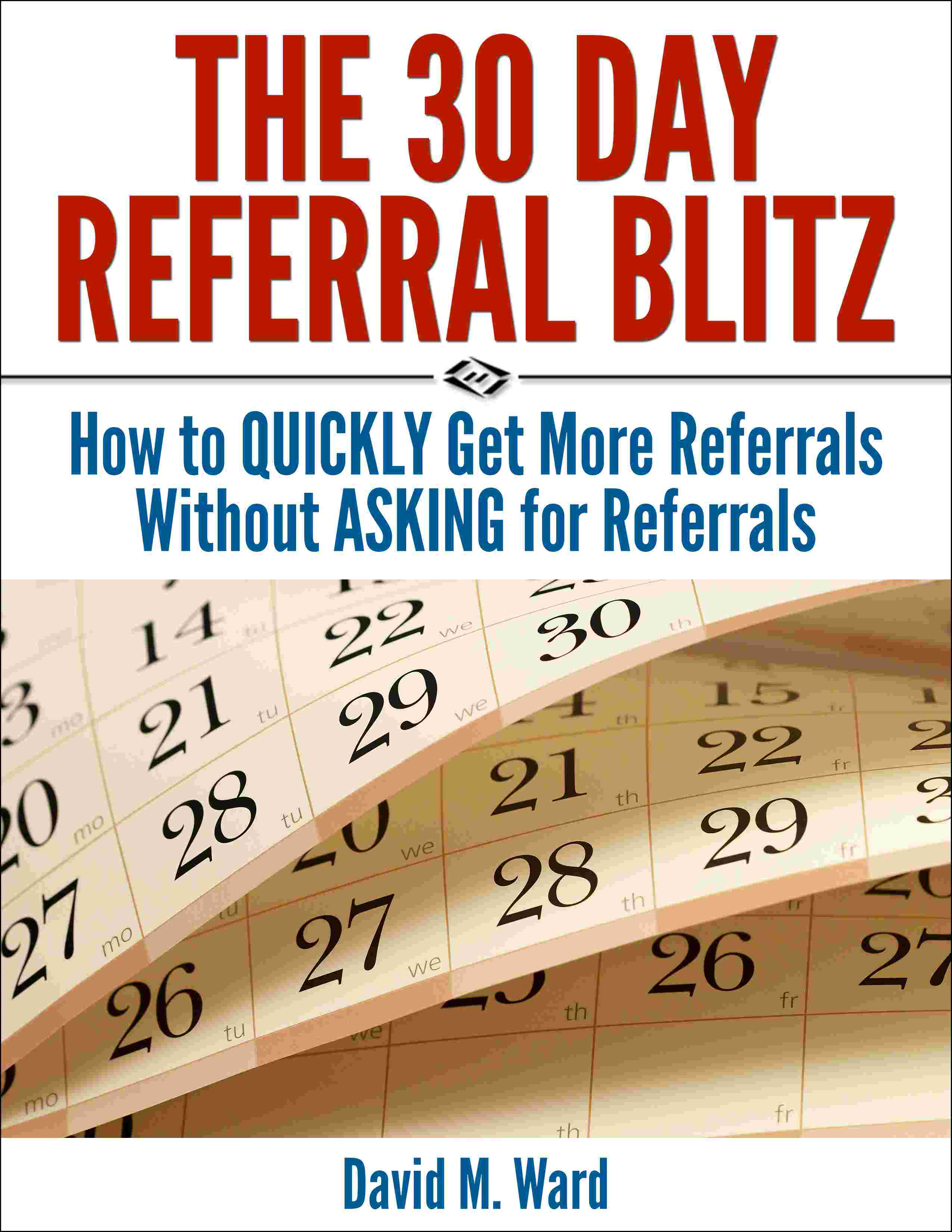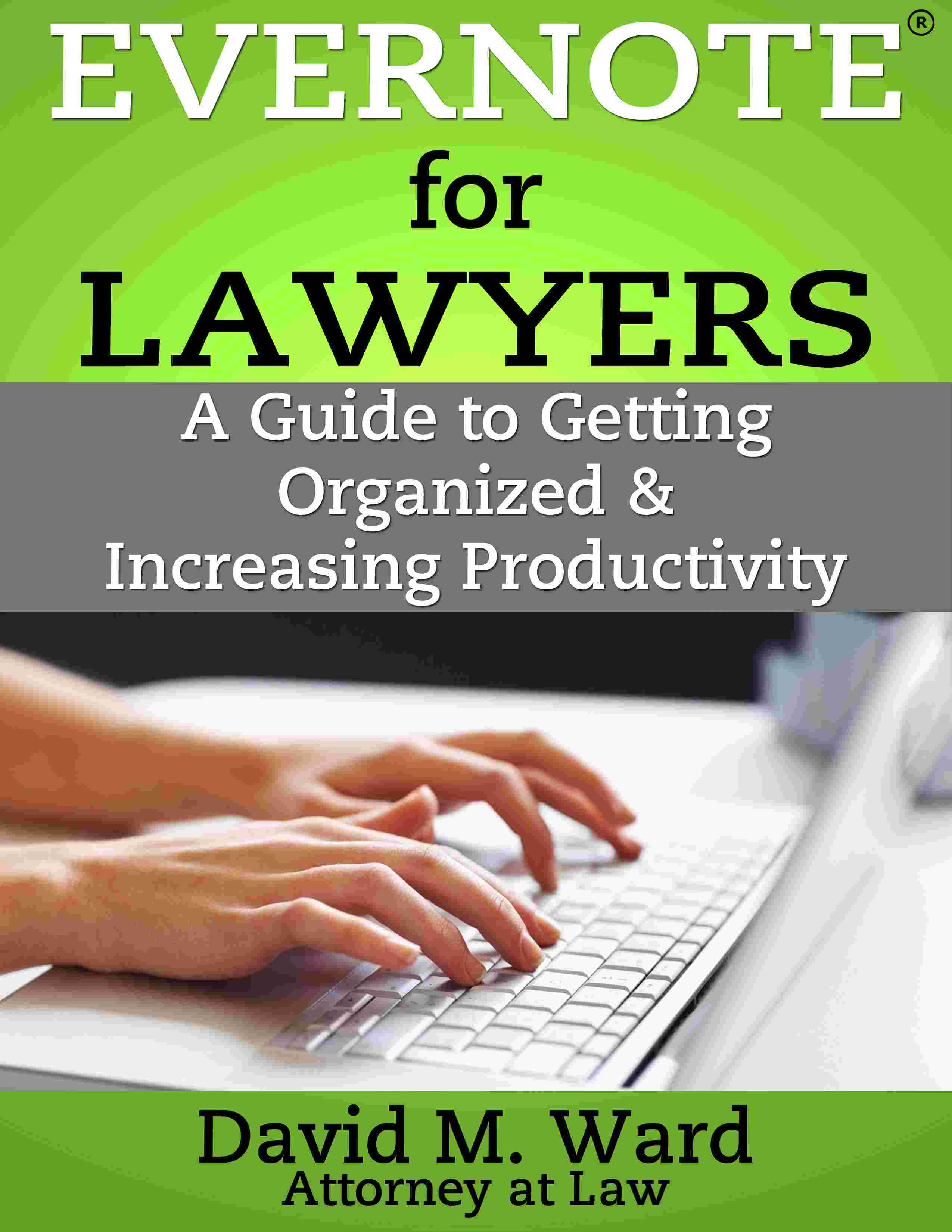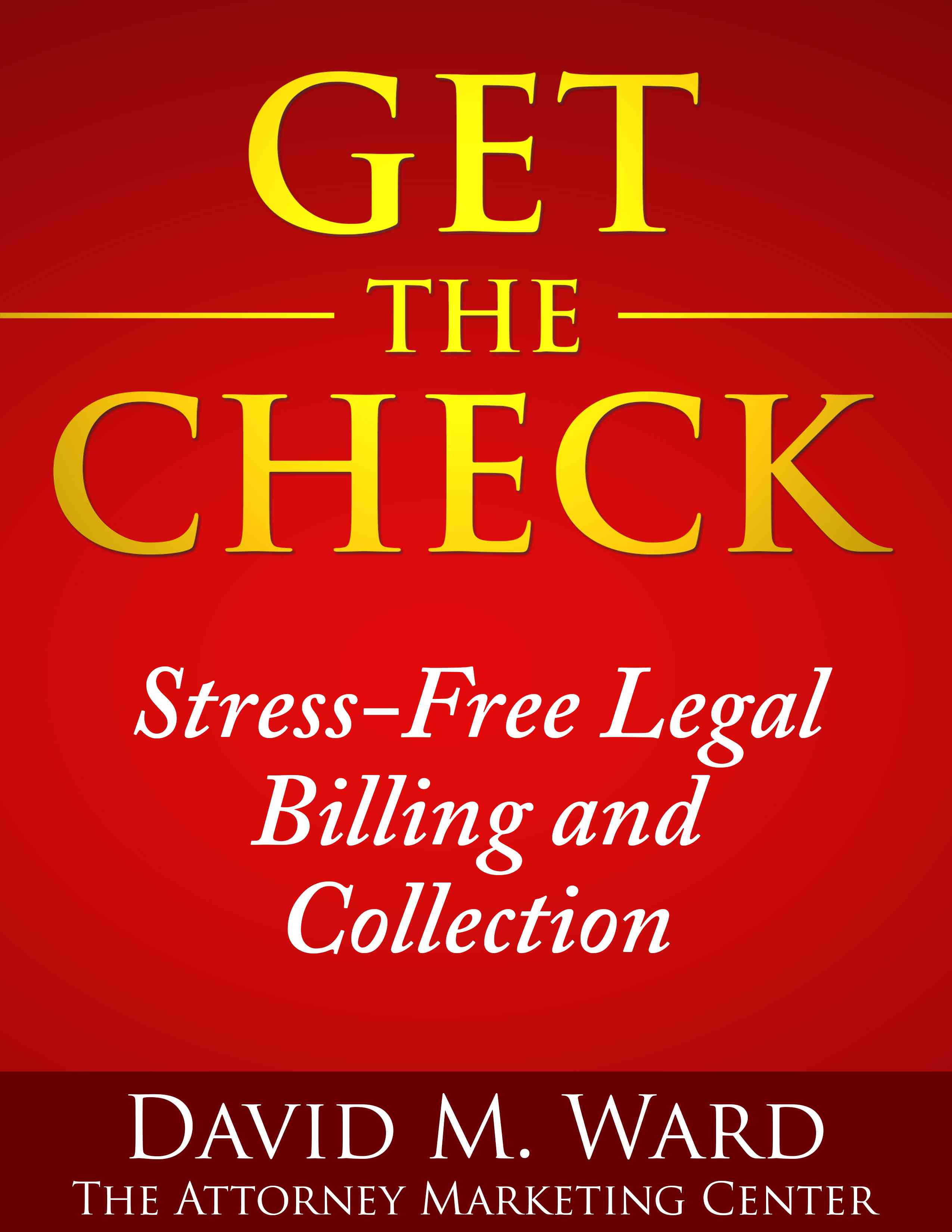I love keeping things simple. But simplicity for simplicity’s sake is a foolish economy if it results in fewer or poorer results. “Leverage” means getting MORE results with less effort, or at least more results with the same effort.
A marketing guy I follow echoed my philosophy when he said, “I’d rather have four quarters than 100 pennies”. He was talking about the value of having fewer but better clients.
Fewer clients with bigger cases, or fewer clients who have more work for you and are willing and able to pay higher fees.
Fewer but better clients means you have fewer hands to hold, problems to solve, and fires to put out. It means you can spend more time and more money bringing in new clients and keeping them happy. It means you can earn more income with less effort.
That’s why I talk about letting the mass market of lawyers handle the mass market of clients, while you focus on the upper crust. Let everyone else fight over the scraps while you feast on the steak.
Unless you are especially well funded or daring, you probably won’t be able to do this immediately. But you can immediately state this as your objective and start working in that direction.
When you make it your intent to transition your practice to better clients, you start looking at the universe of clients differently. You make changes to your ads and marketing documents and websites, you start networking with a different crowd, and you do other things that affirm the new direction of your practice.
Eventually, you will embrace this new paradigm and make bigger changes. You eliminate marginal practice areas, for example, and focus on one or two. You might cut down on marketing channels or techniques and focus on the ones that are better suited to the practice you are trying to create.
You may be nervous about some of these changes. I know I was when I started turning down business. There’s a big void in your file drawer when you no longer handle anything that shows up, but if your experience is anything like mine was, you will quickly fill that void with new and better clients.
Then, one day, you’ll get your first “quarter”–a big case or client–and you’ll realize that if you can get one, you can get more. And that’s when everything will change.
This helps you create a profile of your ideal client


